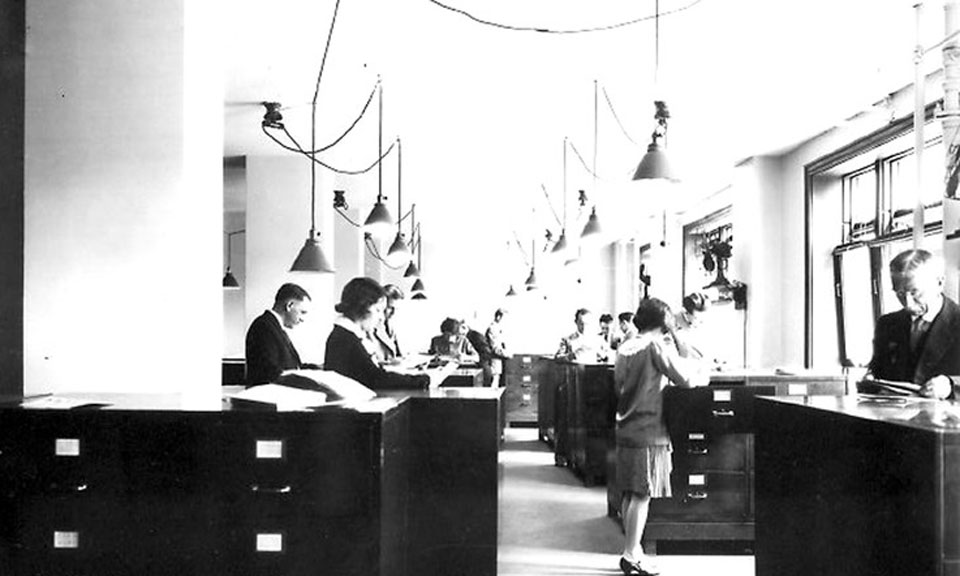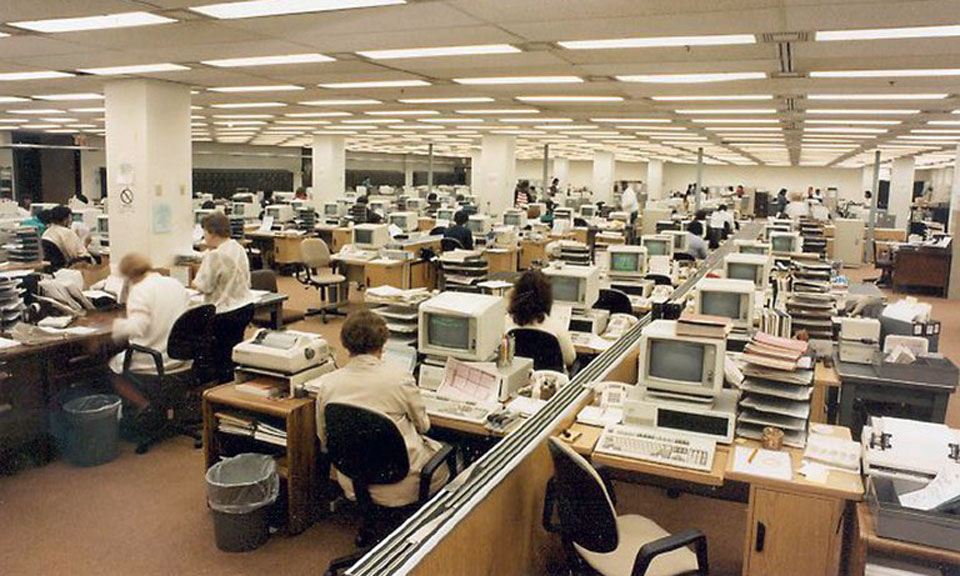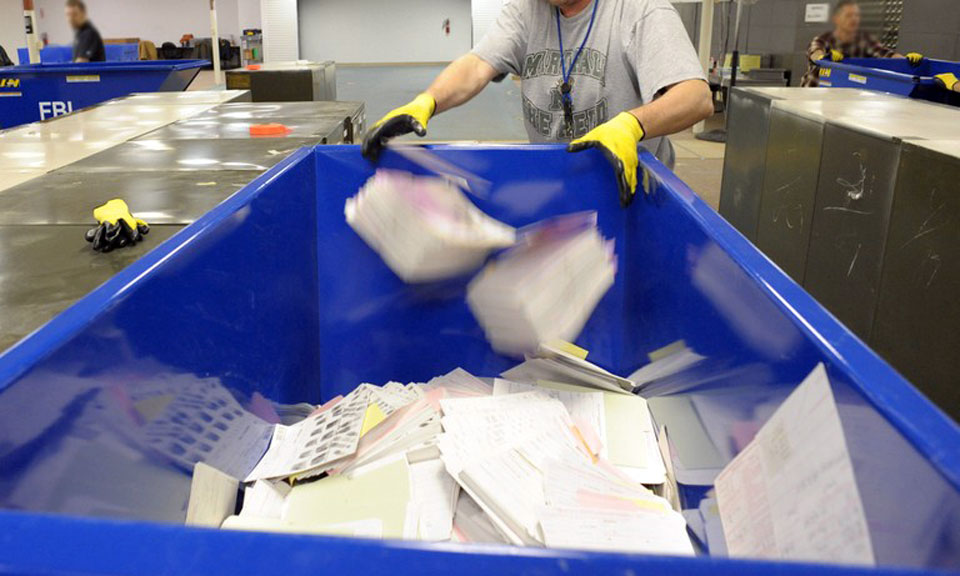Video: FBI Files Join the 21st Century

The paper filing system files at the FBI Headquarters in Washington, D.C. FBI
The FBI's massive paper filing system has been replaced with a digital system that houses 30 million records and 83 million sets of fingerprints.
The FBI filing system has finally gotten an upgrade.
The bureau released a video detailing the switch to the Next Generation Identification system to digitally house among other things, 30 million records and 83 million fingerprint cards.
“It makes those records immediately accessible to law enforcement across the country,” said Penny Harker, who runs the Biometric Services Unit at the FBI's Criminal Justice Information Services. “It’s a great benefit to them not having a delay simply because we were still storing files in a manual format.”
The FBI's old filing method, the Integrated Automated Fingerprint Identification System, or IAFIS, used fingerprint cards stored in rows and rows of filing cabinets, requiring fingerprint specialists who acted as "runners" to find the correct card.
Story continues below video.
Donna Ray who has managed the FBI files since 1974 called it the end of an era.
"The old identification division, that's what built the bureau," Ray said. "But I'm very excited about the direction we're going in."
The effort to digitize files has been going on for several years, with 8.8 million files converted in the last two years.
However, some privacy groups are concerned about the wealth of personal information and biometric data going in the NGI system, including a large database of iris scans, provided by private firm BI2 Technologies.
“That's really concerning to me -- the fact that they are held by a private company,” Jennifer Lynch, a staff attorney at the Electronic Frontier Foundation, a digital rights group told Nextgov in 2012. “You can change your credit card data. But you can't change your biometric data.”
The ID Division Through the Years ...

The Bureau’s newly formed Identification Division in the 1930s.

An examiner room as it appeared in the 1970s.

Fingerprint cards that have been scanned and digitized are prepared for destruction in a shredder.
NEXT STORY: Video: NASA's Flying Labs



